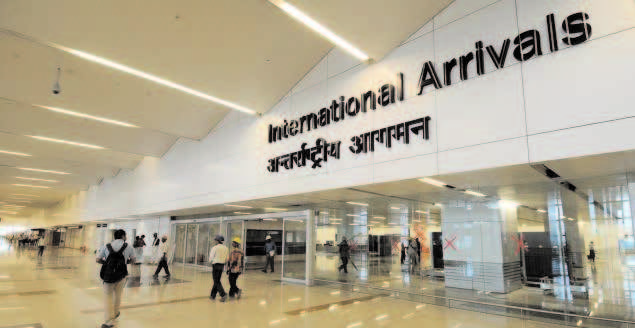NEW DELHI (TIP): A broken package containing a radioactive substance used in hospitals triggered early-morning panic at a cargo terminal of the Indira Gandhi International (IGI) Airport on May 29, but at the end of the day authorities said there was no radioactivity leakage.
Part of the scaremongering could be attributed to sensational reportage by many television channels, which described the incident as a radioactive leak.
It all began around 9 am, when two loaders in the Celebi cargo terminal handling a consignment for Fortis hospital felt some of the packages in the consignment were damaged and something was leaking. The leakage was found in three of the 10 packets that came in a Turkish Airlines flight.
After noticing the legend “Radio Active Material Type A Package” on the consignment, the handlers informed the airport authorities. There are also unconfirmed reports of the handlers reporting irritation in their eyes.
The cargo area was immediately cordoned off as the authorities swung into action. Teams from the National Disaster Response Force (NDRF) and technical experts from the Atomic Energy Regulatory Board (AERB), Atomic Minerals Directorate (AMD) and Institute of Nuclear Medicine and Allied Sciences (INMAS), Delhi, reached the spot, along with senior government officials.
“After an extensive assessment, the AERB confirmed there was no leak of radioactive substance in the subject shipments. Based on the clearance, the terminal has resumed import operations. All other operations at Delhi Airport continue to be normal and were never interrupted,” said a spokesperson from Delhi International Airport Limited.
The radioactive substance was identified as Sodium Iodide Liquid Class 7, meant for medical use. It can be used either as a diagnostic agent or as an antidote to radioactivity exposure.
“The handlers were clinically examined and then released as there was no radioactive exposure,” said NDRF chief O P Singh. Experts from the atomic energy department carried out thorough checks.
The AMD team came with its own radioactivity detection tools and checked the samples for radioactivity. They also took samples from the leaked fluid lying near the containers.
